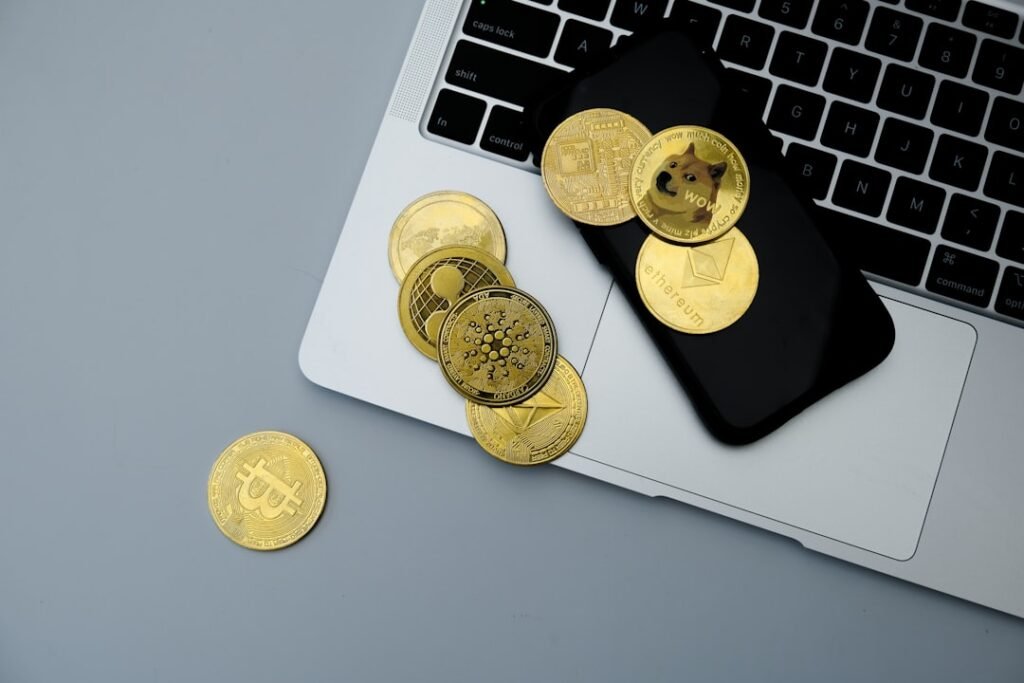The Hidden Dangers of Crypto Futures: What Every Trader Must Know Before Placing a Bet
Cryptocurrency futures trading promises high returns but hides equally high risks. Unlike traditional assets, crypto's extreme volatility, regulatory uncertainty, and technical complexities amplify potential losses—especially for beginners. While futures let traders profit from price swings without owning the asset, they also expose you to pitfalls that can wipe out accounts overnight. Here’s what the data reveals about the real risks and how to navigate them.
⚡️ Risk 1: Volatility That Can Wreck Portfolios
Cryptocurrencies are notorious for violent price swings. Between 2019–2021, the total crypto market dropped 20%+ in a single day nine times. The March 12, 2020, crash saw a 43% plunge in 24 hours as COVID lockdowns began. While volatility can create opportunities (the market surged 1,600% in 14 months post-crash), it demands ruthless risk management:
- Widen stop-loss levels to avoid being stopped out by normal fluctuations.
- Reduce position sizes—never risk more than 1–2% of capital per trade.
- Avoid leverage during high-volatility events (e.g., regulatory announcements).
💧 Risk 2: Liquidity Traps That Distort Prices
Liquidity—the ease of entering/exiting trades without moving prices—varies wildly in crypto. Large orders on small-cap tokens can cause "price slippage," where execution prices differ sharply from expectations. Bitcoin and Ethereum offer deeper liquidity, but altcoins (e.g., XRP, SOL) pose higher risks.
ソリューション:
- Split large orders into smaller chunks, executed minutes apart.
- Stick to high-volume tokens during peak trading hours (UTC 14:00–18:00).
- Verify liquidity depth on exchanges before trading.
🕵️ Risk 3: Scams and Exchange Collapses
The crypto space’s lack of regulation enables fraud. "Rug pulls" (fake projects that vanish with investor funds) and exchange failures are common. In November 2022, FTX collapsed overnight due to mismanaged client funds, locking millions in losses.
Red flags:
- Promises of "guaranteed profits" or unrealistic returns.
- Unregulated platforms with opaque ownership.
- Poor user reviews or unresolved withdrawal complaints.
Protect yourself:
- Use regulated brokers (e.g., those under NFA/FCA oversight).
- Store assets in cold wallets, not exchanges.
- Research projects: Legitimate ones have transparent teams and audited code.
🏛️ Risk 4: Regulatory Whiplash
Governments worldwide are still defining crypto rules. China banned all crypto transactions in 2021, crashing prices. Meanwhile, El Salvador embraced Bitcoin as legal tender. Future regulations could:
- Restrict trading access.
- Impose punitive taxes.
- Declare certain tokens illegal.
Prepare by:
- Diversifying across jurisdictions.
- Monitoring regulatory news (e.g., SEC actions).
- Choosing platforms compliant in major markets (U.S., EU).
⚖️ Risk 5: Choosing the Wrong Broker
A broker’s security, fees, and liquidity directly impact your safety. Unregulated platforms may:
- Offer "too good to be true" leverage (e.g., 100x).
- Lack insurance for stolen funds.
- Suffer from low liquidity, increasing slippage.
Spot trading (buying/selling crypto for immediate delivery) is safer than futures but still risky with unreliable brokers.
🛡️ Critical Risk Management Strategies
- Leverage with Extreme Caution:
- 10x leverage means a 10% price move against you wipes out 100% of your margin.
- Start with 2–5x max until experienced.
- Use Stop-Losses Religiously:
- Set stop-losses at technical levels (e.g., below support zones).
- Never move stops "hoping" prices rebound.
- Avoid Overtrading:
- Volatility tempts impulsive decisions. Stick to a pre-defined strategy.
- Limit daily/weekly trade counts.
- Verify Counterparties:
- Ensure exchanges use cold storage for funds and offer 2FA.
- Prefer platforms like Paxos Trust, which are audited and regulated.
🔍 The Bottom Line: Is Crypto Futures Trading Worth It?
Futures enable hedging and speculation in falling markets, but they demand expertise. Beginners should:
- Paper trade first to test strategies risk-free.
- Master spot trading before touching futures.
- **Allocate only "risk capital"**—funds you can afford to lose entirely.
As one industry report warns: "Trading in digital assets carries a high level of risk and is only for individuals with the financial ability to sustain losses." Regulatory safeguards are evolving, but today, your vigilance is the last line of defense.
Key Takeaway: Crypto futures aren’t a shortcut to wealth—they’re a high-stakes arena where knowledge, discipline, and risk management separate survivors from casualties. Trade accordingly.










